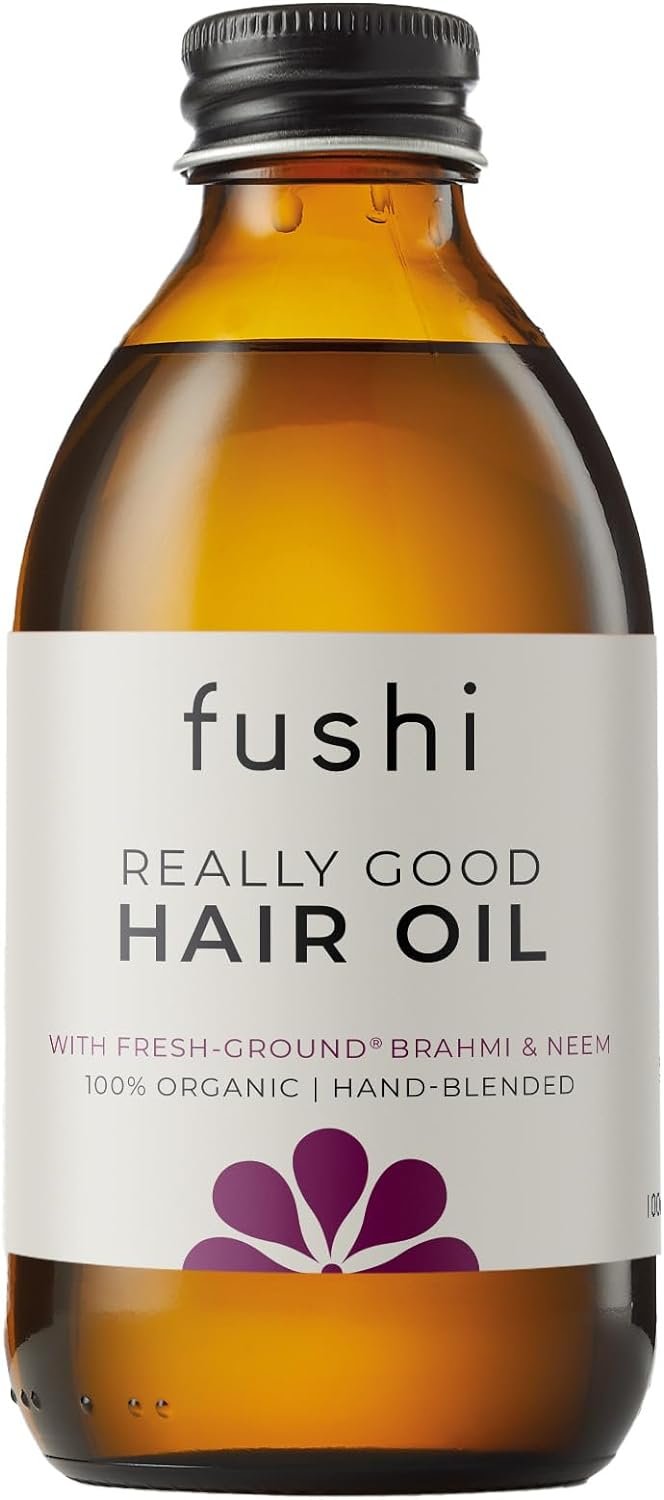AYURVEDA ON HAIR OILING
Hair oiling is a practice that I’ve shared a lot via social media and I’m finally committing it to its own blog post here. This ancient practice, that remains alive in India today and also in many cultures around the world, is one where the hair and scalp is given as much love as the face and body and massaged with nutritious oils. The oils are left to penetrate for anything from 20-40 mins before being washed out. According to Dr Sibin, Ayurvedic doctor for Kama Ayurveda, leaving oil in the hair overnight will have a detrimental effect, if not now then over time.
Unlike conventional shampoos (that strip the hair and scalp for that squeaky clean feeling we equate with being clean but which actually strips the natural oils of the scalp and messes with the natural balance) and commercial conditioners (that artificially coat the hair with synthetic concoctions that may well leave your hair looking and feeling soft and shiny but are actually not taking care of your hair in the long term) - using natural oils can penetrate the hair helping to feed it with their goodness.
THE TOOLS
According to Ayurveda, the traditional base used for hair oiling is sesame oil (also called Tila Taila - Taila means oil) which is believed to balance the doshas (Vata, Pitta, and Kapha) and nourish the scalp. Coconut oil (Nariyal Taila) is another option which is particularly beneficial for Pitta dosha imbalances thanks to its cooling properties. Both these oils can be used as they are (use this technique to ‘cure’ your sesame oil first) but for more potency and better effect they are often prepared with a variety of herbs such as Amla (Indian gooseberry), Brahmi, Bhringraj, Neem and Hibiscus. For example a warmed herbal mixture of sesame oil, infused with Jatamansi (a flowering plant of the honeysuckle family) enhances shine and hair growth, while Bhringraj (False Daisy) is clinically proven to both help reduce hair fall and boost hair growth. There are lots of amazing Ayurvedic and Ayurveda-inspired hair oils easily available on the market, check out the list below for some of my favourites:
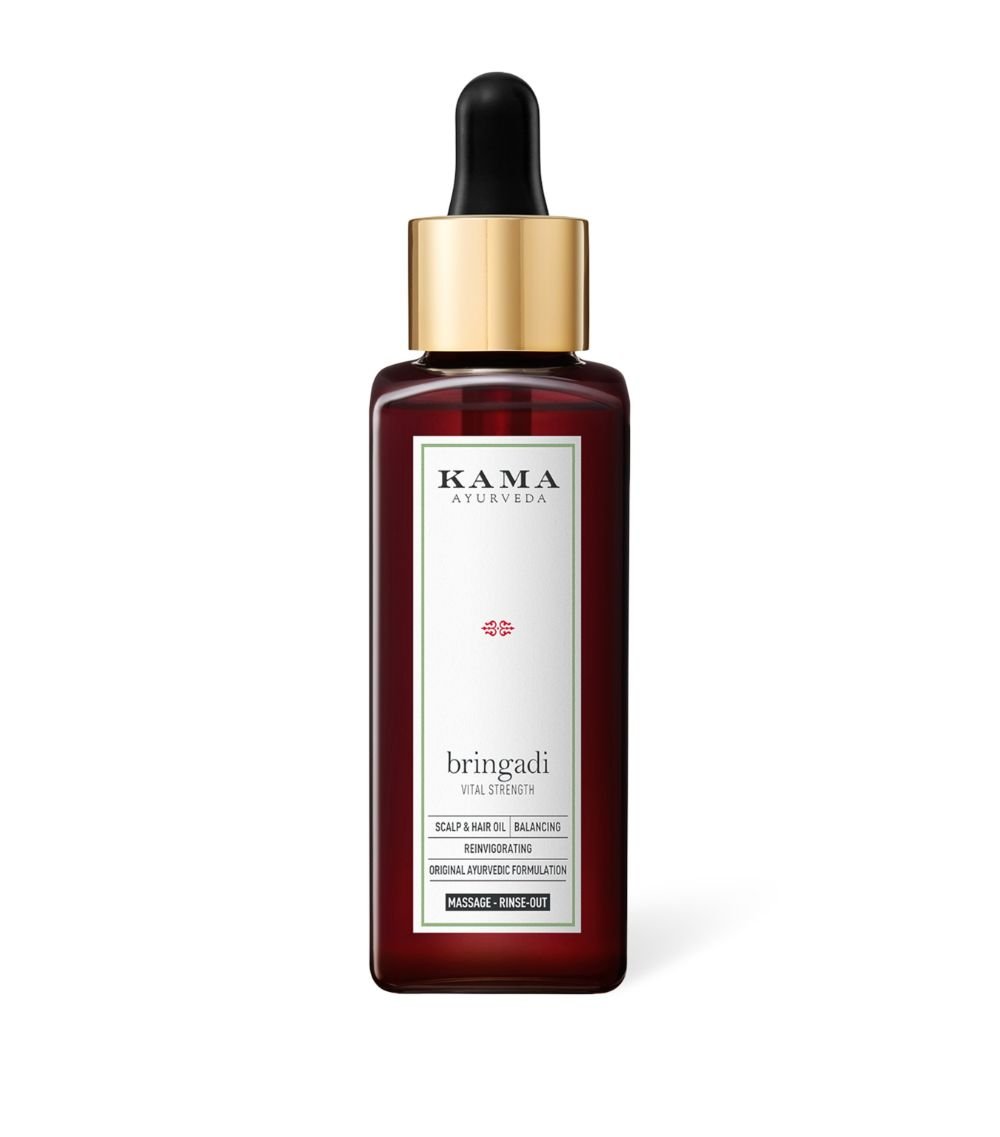
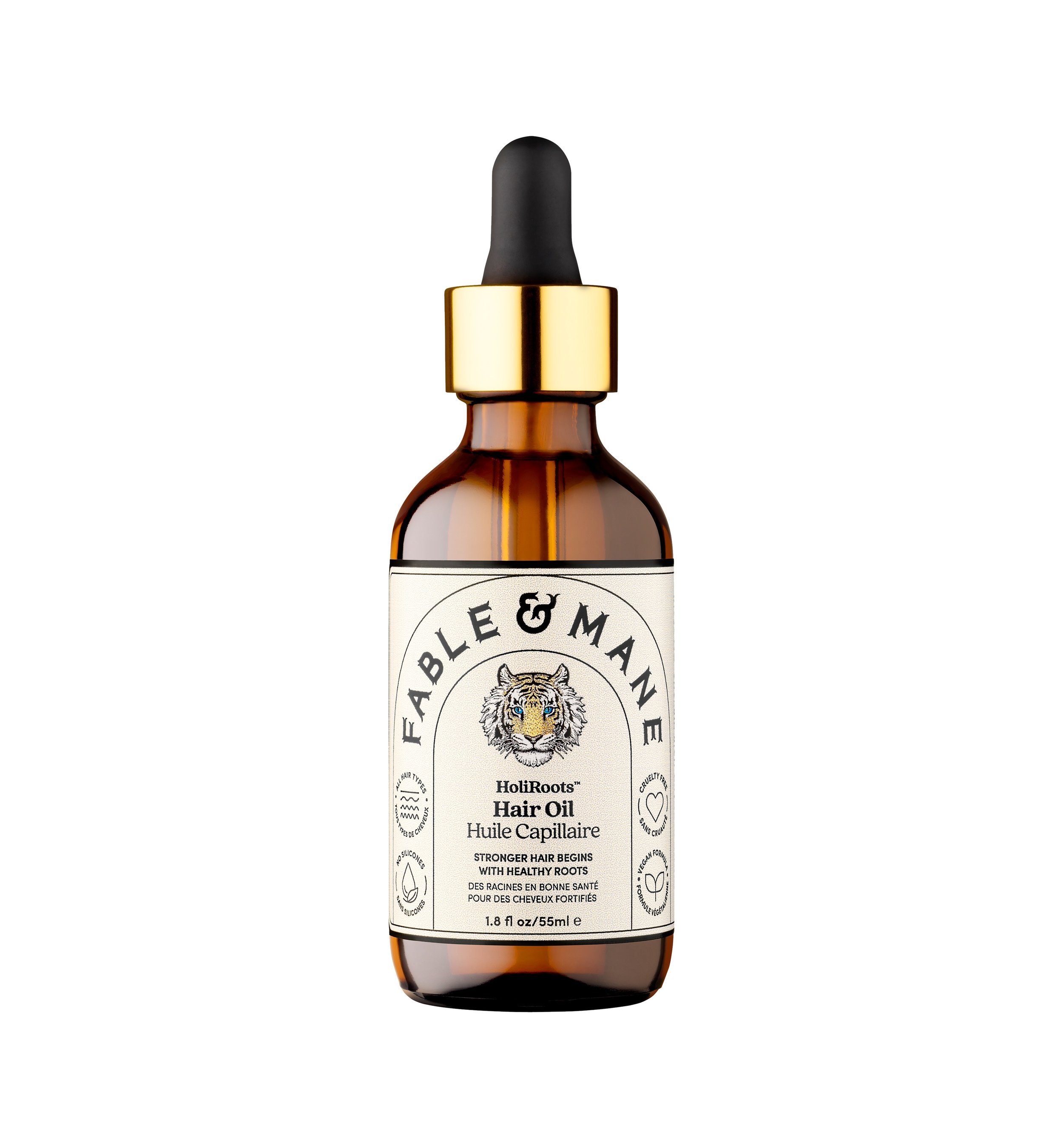
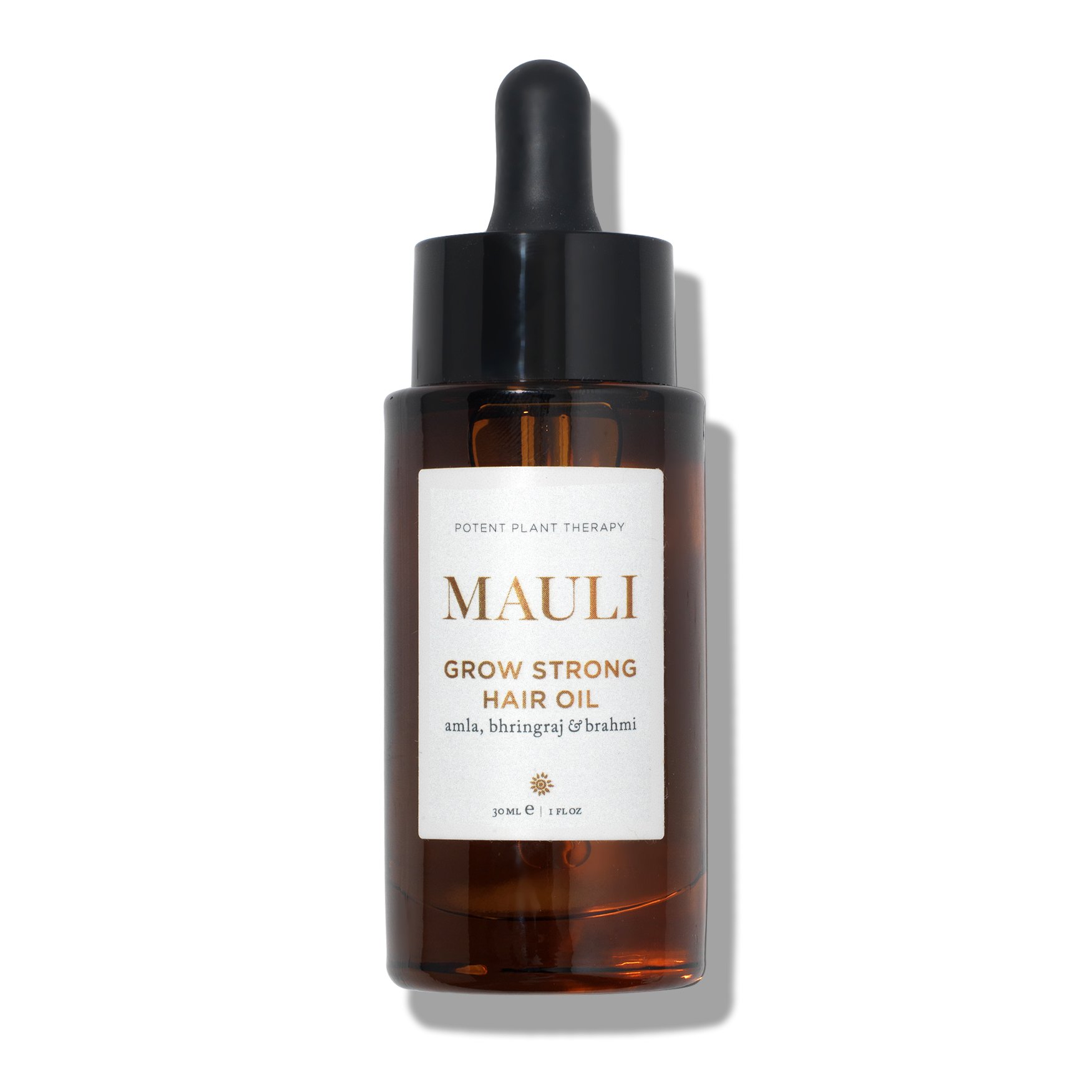
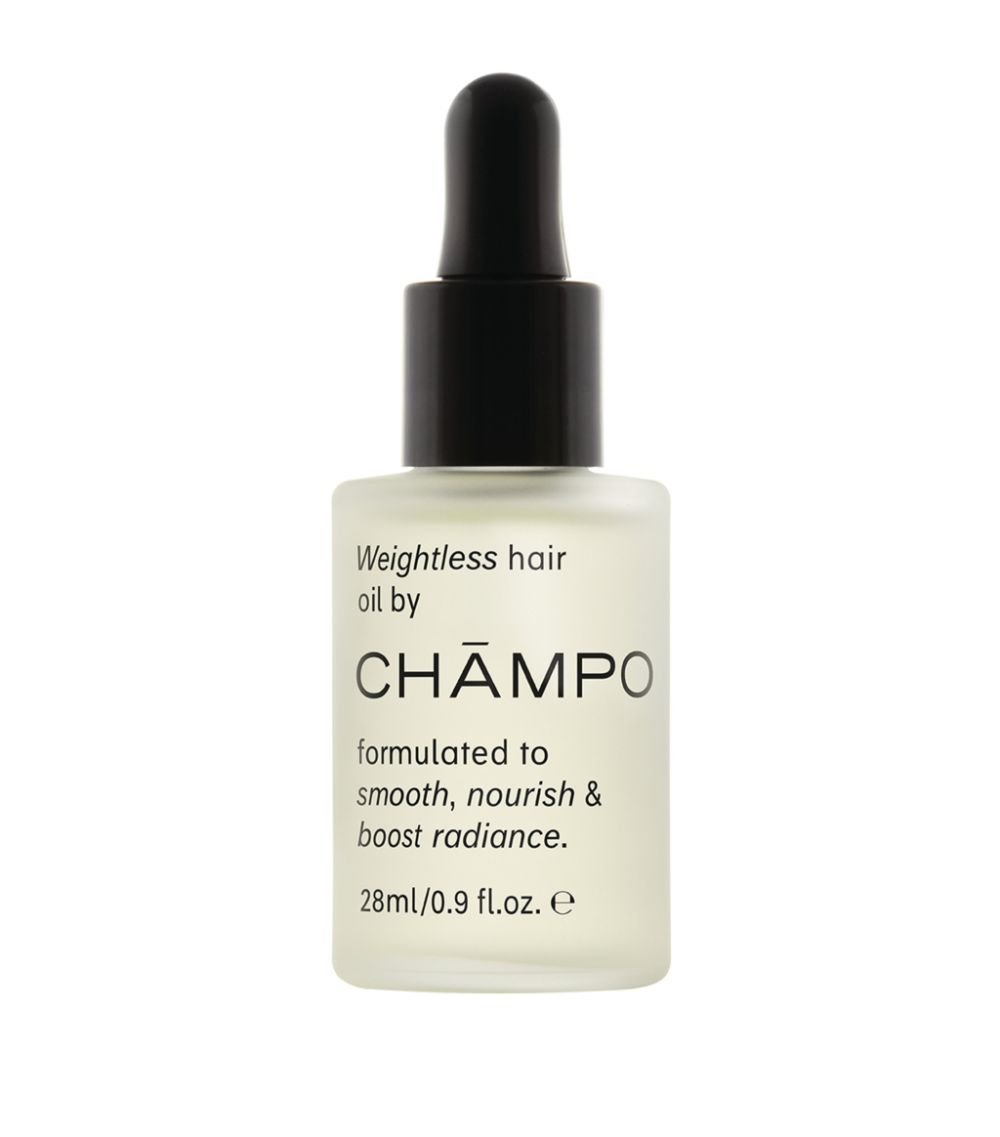
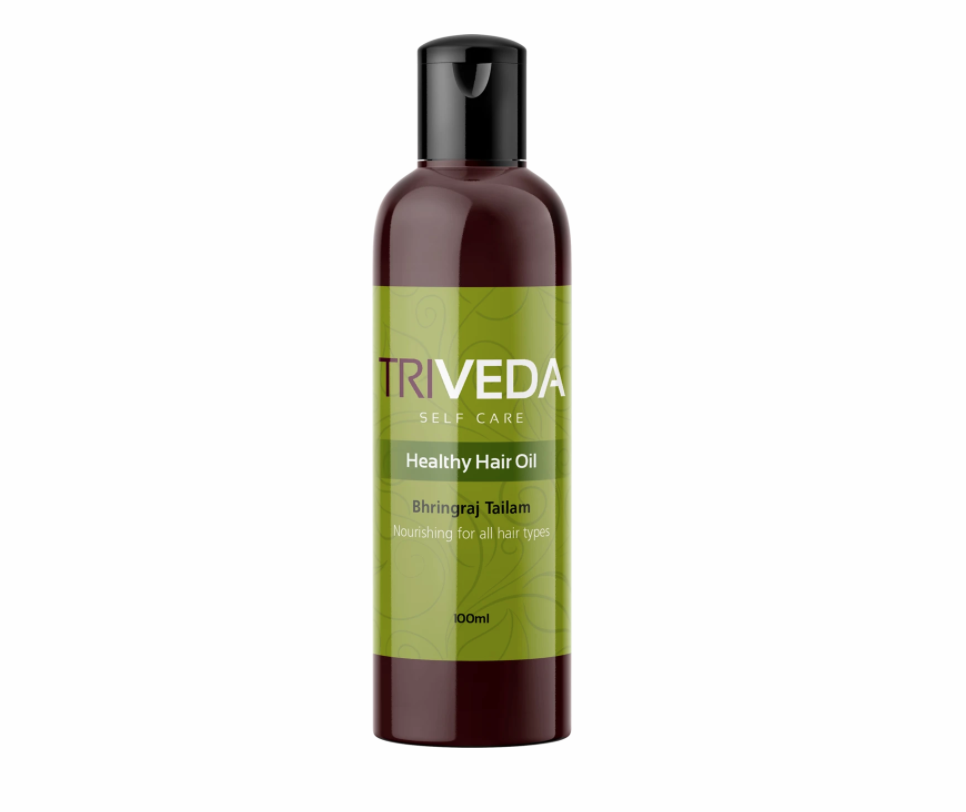
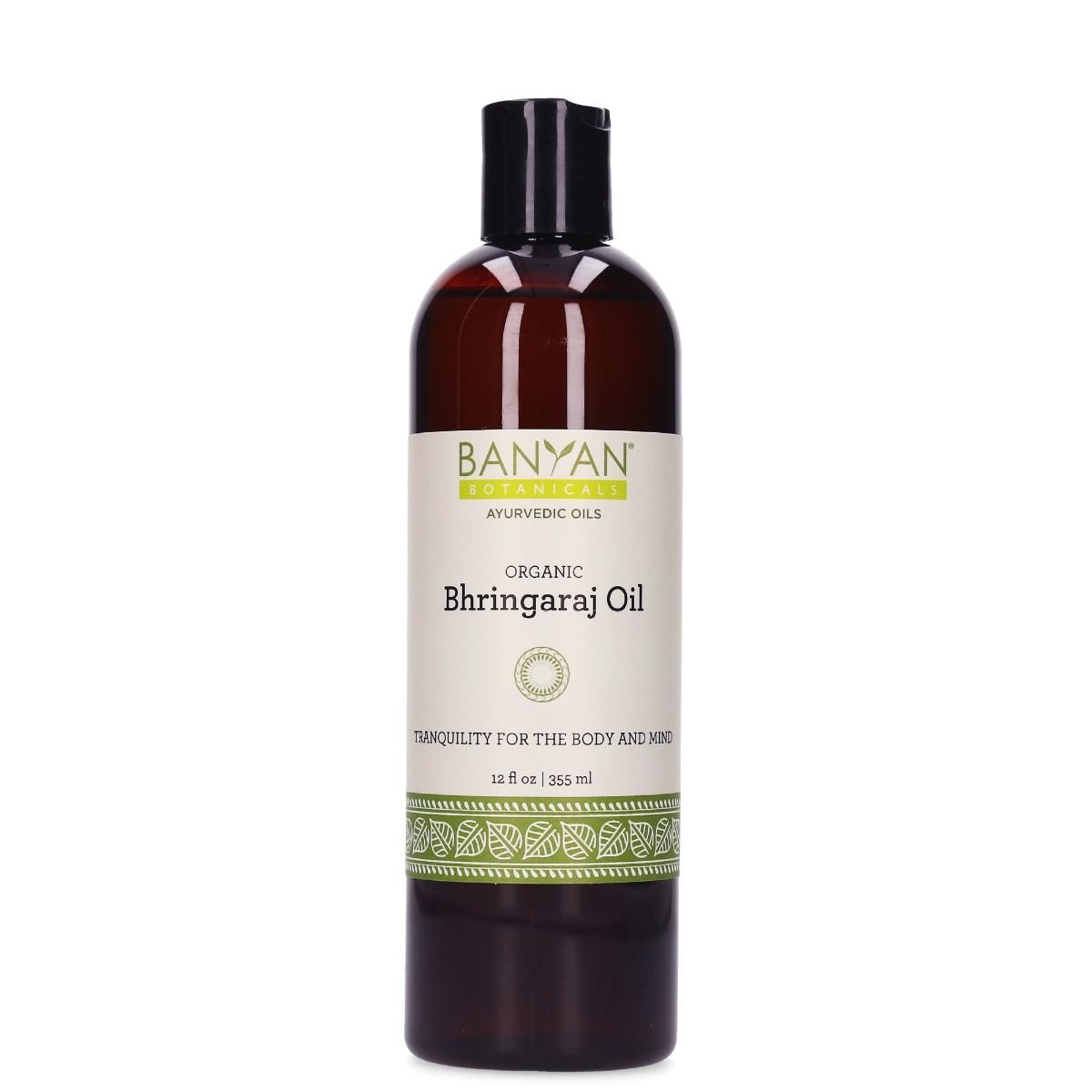
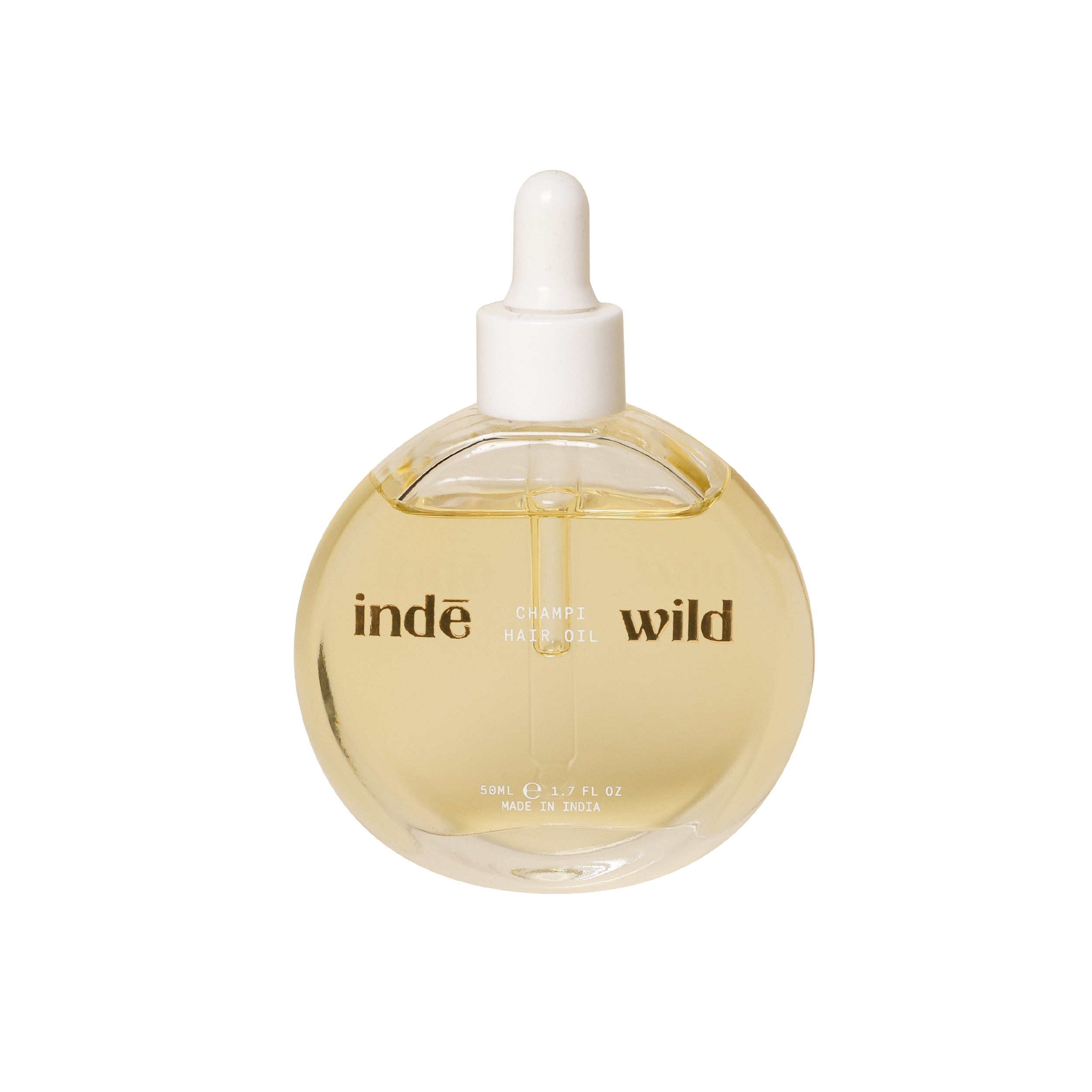
TO NOTE
Hair should be dry before oiling, do not oil wet hair or freshly washed hair. For those unused to hair oiling or using oil for practices such as oil pulling, abhyanga and hair oiling, you need to plan ahead. It’s important to prep well as you don’t want to waste your precious oil, or indeed splash it about the place and ruin your home interior.
Oils can build up and clog pipe systems, so keep a bottle of washing up liquid handy in the bathroom to use with hot water as a rinse for the shower floor or scrub for the bath and help keep the pipes clean. It’s also worth keeping your towels (pick old towels!) well washed to reduce oil build up as sheets and towels saturated in oils have the potential to spontaneously combust in your dryer or storage even after they've been washed, so you might need to get rid of any that are very saturated. A hot wash at 90C including some soda crystals with your detergent and vinegar instead of fabric conditioner immediately following their use is recommended and air dry or machine dry on low. My tip is to use old cotton sheets/baby swaddles which aren’t thick or as tight knit as a towel so that they are more easily washed and can be easily composted at the end of their life.
Avoid the practice of hair oiling during illness, when you have a fever or are suffering from a cough or cold. During the cold months or wet weather, avoid leaving the house with oil in your hair.
If you have light, blonde, red or coloured hair be aware that some traditional Ayurvedic oils that contain ingredients like Amla (Indian gooseberry) and triphala for example will darken your hair - in this case stick to using these oils on your roots/scalp only and use cured sesame oil on the rest of your tresses. Kama Ayurveda’s Bringadi oil for example is fine for use on these hair types (coloured hair post two weeks of colouring) for a 20 minute oil treatment.
If you are new to this practice, have any concerns or need tailored advice due to any hair or scalp issues, consult an Ayurvedic practitioner or Vaidya. An Ayurvedic Doctor will also be able to recommend particular medicated oils and how, when and how often to apply and whether or not to leave it overnight (which can aggravate Kapha).
THE PRACTICE
Now for the how. The application of oil is not so much about coating the hair as much as stimulating and nourishing the scalp and root of the hair via a therapeutic massage. Ayurvedic Indian head massage has been used for generations to stimulate blood circulation, promote relaxation and nourish the hair follicles. To begin, perform the oiling on a day or evening when you can relax and allow the oil to work its magic. Pick your favourite relaxing tunes and avoid podcasts or anything over stimulating as this is a time to relax the mind and be in your body. Winter is an excellent time to take up hair oiling as cold weather depletes moisture, as does heat based hair styling or sunbathing, but avoid doing this practice before going out into the cold, or being exposed to cold air indoors or fans and air conditioning
Warming the oil first helps it to penetrate the hair and scalp more easily so warm the oil gently in a pan or a bain-marie (I sit the bottle in a jug of hot water for 10 mins before application) or you can pick up a plug in oil heater such as this one.
Make sure your space is warm and free from draughts. Protect shoulders and clothing with an old towel, sheet or dressing gown, have a towel to sit comfortably on and a hand towel or paper towels at the ready incase you need to jump up and do something. Combining your hair oiling practice with an abhyanga (body oil massage) means you’ll be in situ for a while so it’s even important to make sure your body and feet are warm so that you can fully relax.
Start by combing your hair to remove any knots, try a wooden comb like the East by West Neem Comb. Divide your hair into sections as you go to more easily access the scalp and ensure an even distribution of the oil and, if you have thick and/or long hair, then use clips or slides to keep the sections separate.
Use a dropper or a cupped palm to apply the oil onto the exposed scalp between divided sections of hair. Be generous so that plenty is available when you start the massage.
Once the scalp is adequately oiled, apply the remaining oil to the length of your hair if you like.
Start the massage using your fingertips to apply firm but gentle pressure around the whole head and even your neck to stimulate blood circulation, nourish hair follicles, and promote relaxation. Using the fingertips like a rake from the front of the head towards the back
Next focus on the marma points (Ayurvedic vitality points on the body), here are 37 of them on the head, face and neck, for added therapeutic benefits. Start from the third eye, use your first finger to make gentle clockwise movements approx 5 times to the left and then 5 times to the right. Measure using four fingers up the the next marma point on the hairline and repeat all the way down the back of the head and then the other marma points on the diagram.
The next two moves are fantastic but avoid if your hair is weak or brittle; use the palm of your hand to massage the sides of the head, and then gently tug at the hair to stimulate the scalp.
You can also employ the East by West Neem Comb here to help distribute the oil along the lengths of the hair and further stimulate scalp and marma points.
To make the most of your practice and the oils you’re using, leave the oil on for only 10 mins if it’s the evening or for 30 mins in the morning unless you are also doing a workout at home/yoga practice in which case you can leave it for an hour. Oils are heavy for the body to ‘digest’ hence they are only left in for a short time in the evening but can be left in longer when you are active. Cover your hair with a shower cap or cotton sheet to prevent oil stains, followed by a towel to keep your head warm if needed.
To wash your hair use warm (not hot) water and a mild, natural shampoo, avoiding harsh chemicals that can strip away the natural oils. You will probably need to wash your hair a second time. With practice you will soon know what is working best for you and whether or not you need to do a double cleanse.
Consistency is key if you want to see results and for the long term care of your hair and overall health. Hair massage might be practiced daily by some but doing so once a week, once a month or even a couple of times a year is always going to be beneficial! Not only are you taking quiet time out for yourself and feeding your hair with nutrients but you are also stimulating hair follicles and marma points. If you’re also using herbalised oils then you will also benefit from those herbs on the mind-body, Brahmi (also known as gotu kola - the watercress of Asia) for example is well known for its supportive effects of concentration, memory and the mind in general.
FOR MORE AYURVEDIC PRACTICES USING OIL CHECK OUT:


